#railway companies
Explore tagged Tumblr posts
Text
#railway companies#passenger numbers#COVID-19 pandemic#Shinkansen bullet trains#Central Japan Railway Co. (JR Tokai)#East Japan Railway Co. (JR East)#chartered train service#Nozomi Shinkansen#wedding ceremony#online meetings#travel agency#young employees#innovative projects#graduation trip#Saitama Municipal Urawa High School#personalized experiences#Train Desk#teleworking#perishable food transportation#Hakobyun#declining population#additional value#revitalization#Japan#innovation#reimagine#future of train travel#floating cafes#virtual reality experiences#renewable energy
0 notes
Text
Railway Adventure :: L. T. C. (Lionel Thomas Caswell) Rolt

View On WordPress
#books by l t c (lionel thomas caswell) rolt#british railroads#british railways#british trains#diesel engines#diesel trains#electric locomotives#electrification#engine drivers#first edition books#gwynedd railroads#historic railways#james boswell#john betjeman#locomotives#main lines#narrow gauge railroads#passenger transport#railway buildings#railway companies#railway history#railway tracks#steam era#steam locomotives#steam railways#steam trains#steam-engines#talyllyn railway#welsh railroads#welsh railways
0 notes
Note
req: more of your future emmet! in france!
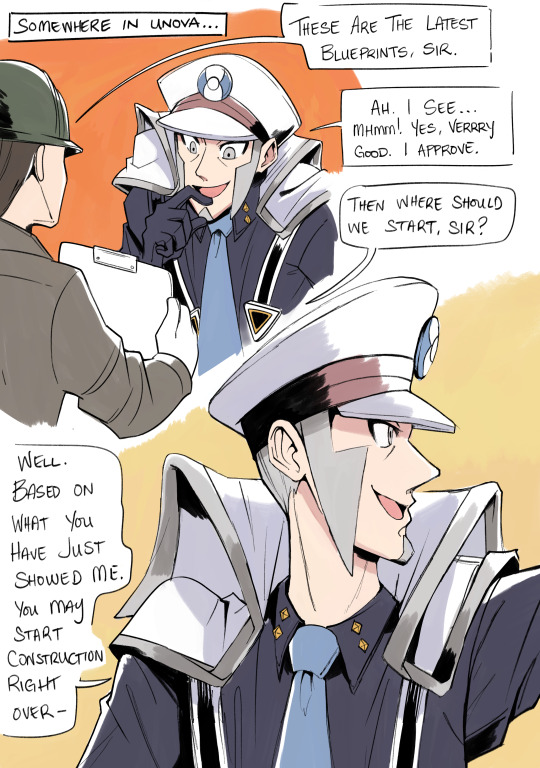
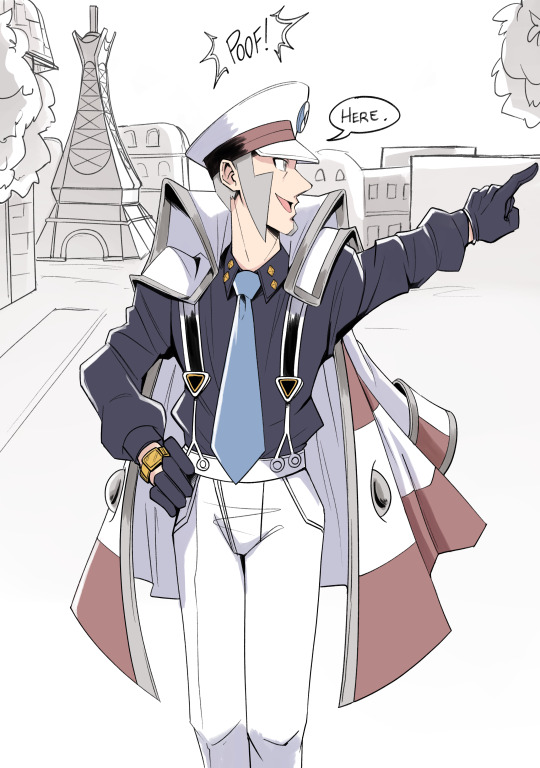

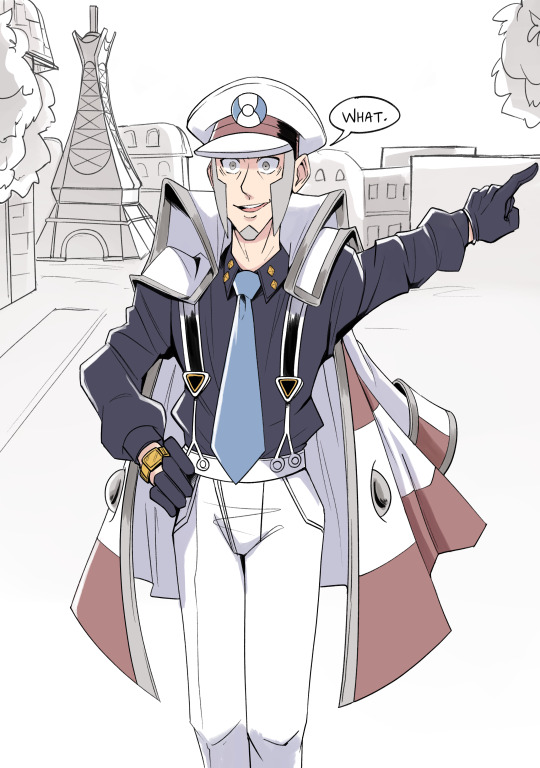
oh... how unfortunate... bonus:
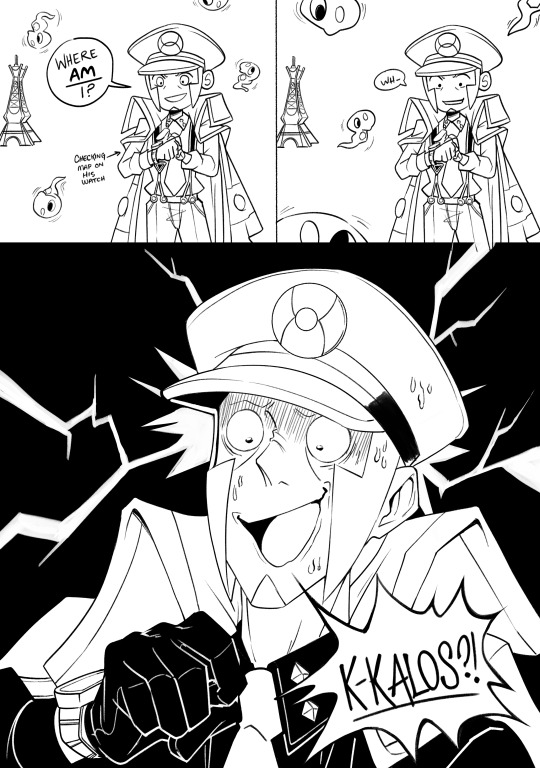
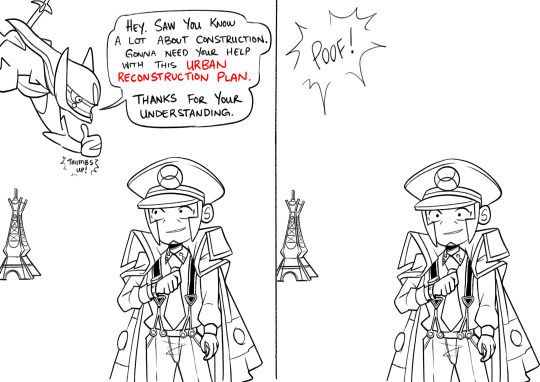
don't worry, Emmet! I'm sure you'll have a great time :D
#submas#subway boss emmet#subway boss kudari#pokemon legends za#arceus#zygarde#future!emmet#my art#doodlewizardry#asks#haha what a lucky find for arceus right#a guy that owns a railway company and builds them all the time#perfect for URBAN RECONSTRUCTION PLAN in kalos#i just wanted to do a funny for this one#but i wanna make an updated design for him too :D#also yes i want to imagine that little zygarde cores are just floating around
2K notes
·
View notes
Text

Nagusa Station
#nagusa station#wikipedia#wikipedia pictures#wikimedia commons#railway station#yamaguchi#yamaguchi prefecture#japan#west japan railway company#transportation#railway#train station#japanese countryside#nature
321 notes
·
View notes
Text

most of the norwegian trains are smooth sleek worms while many of the swedish trains are blocky clunky beasts...
#i didn't expect there to be such a difference in train vibes#especially not after sweden bought the norwegian railway company....#i remember being really confounded by it when I first moved to sweden
532 notes
·
View notes
Text

maybe if we set a trap out?
#impatient to get him#driftoodles#limbus company#erlking#heathcliff#canto vi spoilers#canto 6 spoilers#limbus company spoilers#if we're lucky we'll get him next week/friday bc of railway!#if youve seen this before no you havent
273 notes
·
View notes
Text

Yes
#running bloodfiend team is just one way to bully the roses#the real boss fight and the actual mary go round is the constant game crash#i love how halved the bloodfeast isnt an option cuz my bloodfiends ate it all#shout out to manager don 1k dmg enhanced skill 3#project moon#limbus company#limbus rr5#refraction railway#refraction railway 5#refraction railway merry go round#limbus 400 roses#limbus sancho#limbus dante#limbus manager don
69 notes
·
View notes
Text


Frank Godwin (1889-1959) Southern Railway Company Specialty Illustrations
58 notes
·
View notes
Text
Outis Loves RR4 [Art by: @v0ge11 on twitter] Outis voiced by: @faux-angelica-va Please check her out, she pretty cool :D
#project moon#limbus company#voiceover#heathcliff#heathcliff lcb#Sinclair lcb#Outis lcb#RR4#Refraction Railway
92 notes
·
View notes
Text
canto 7 spoilers under
I have a fun theory-ish thing I've been brewing up and that is that refraction railways serve as the actual thematic connections between cantos. I can't speak much for the first two railways, but railway 3 had the 'mirrorclock orangeroad' theme before going into canto 6, in T corp.
And more recently, railway 4, masquerade. Beyond the obvious connection in name alone to the bloodfiends in la Manchaland all wearing masks, there's also some really interesting parallels between it and Canto 7 with the names of the first and last stops being banquet and feast respectively, the envy peccatulum who shallowly try and replicate humanity, dreaming electric sheep which reflects a question on humanity...
And THEN there's the King in Binds.
The king bound to his throne, decaying. And yet not physically trapped, as we see when he chooses to leave of his own volition to battle us, but rather presumably bound out of some sense of duty. Who throws his vassals at us in the first stage of the fight before choosing to take things into his own hands.



Seems familiar doesn't it


#limbus company#dad quixote lcb#is that how we're tagging him???#king in binds lcb#sapph speaks#anyways i dont have anything more to add im just feeling a little insane adter realizing this fjkshskdjsks#Am i just stating the obvious? maybe but im having a good time#also this is making me VERY excited to see what railway 5 is gonna be like#canto 7 spoilers
62 notes
·
View notes
Text
Okay but also seeing people randomly blaming kstay/asian fans for the set list maybe changing and im just sat here like ... ? They aren't in charge of the setlist 💀
#once again... if it has changed the only people to blame are div1#same as it was div1 who put the European tickets for sale and then a month later went lol Oh and italy too!#despite lots of the italians thinking they werent coming there so they bought the tickets elsewhere and hotel stays etc.#like any and all questionable decisions are on the company#not the guys and not other fans#also my fav korean chan girl was literally upset and directly mentioned that every fancam shes posted of railway#gets lots of comments from sputh american and european fans and she was like upset at the idea people might miss out#those fans are not at fault bro#blame div1#ppl be like damn im not sure whats happening but... i need to resort to xenophobia immediately
31 notes
·
View notes
Text

been really... enjoying the second fight of railway 5
#limbus company#limbus fanart#limbus railway#sancho limbus company#hong lu limbus company#heathcliff limbus company#gregor limbus company#royshu limbus company#dante limbus company#ishmael limbus company#rodion limbus company#project moon#yi sang limbus company#meursault limbus company#i hate the peccatulum invidiae so so much#and i used my main team for the first part#so i dont even have manager don for this one#vergilius save me pls#heathlu
36 notes
·
View notes
Text

WIth a FLIPPIN CHARGE TEAM TOO!
Crazy.
This railway is legit "can you beat something do death in 100 turns that has 7000HP?" 😂
24 notes
·
View notes
Text
Hello Limbus Gamers
Why did I title this post that.
Anyway, yeah, it's that time again. I'm gonna analyze the RR4 trailer. Some of you may be asking why, but. You'll see.
Oh boy you'll see.
Starting off, we get a very brief animation of the nodes of the new Railway. And by brief, I do mean, this shit speeds past you like instantly.

They even make sure to not show the whole thing all at once to make it harder to count. I did count though. There are thirteen of these nodes in this animation. This might be subject to change, but we shall see.

Then we get the title card. We're back to single word Railway names from before RR3, and in the background we get to see some silhouettes. We're gonna learn what they are during the trailer itself, but you can already tell they're the abnos from the Battle Pass E.G.O - Dreaming Electric Sheep, The King in Binds, and Portrait of a Certain Day.
We also see silhouettes of some Sinners, and while it's hard to make out with the text in the way, I'm pretty sure there's N Corp Don, N Corp Faust, and BL Yi Sang in there.

Now THIS is interesting - a new Railway gimmick! Not just one gimmick though, but after throwing the screenshot into Google Translate, it turns out we might be dealing with two!
First, the one that doesn't need translating to figure out - the Backup gimmick. I believe it's shown a bit clearer in the next scene, so I won't be speculating on it too much yet, but from my guess it's a replacement for a similar mechanic in RR3, where you could throw another team of Sinners at an Abnormality after your initial team of 6 died to finish the Abno off from where you left it at.
That's not the most interesting part though, this is.

Our Sinners are also going to be recieving individual buffs in this Railway, potentially based on selection order, considering PM has been pushing more and more for the selection order to matter with the recent addition to the E.G.O Gifts.
If I'm correct and the buffs are based on selection order instead of being completely random, we can see the buffs are as follows:
Selection 1 - Identity Level +2
Selection 2 - SP Gain Efficiency +3
Selection 3 - too blurry for google to translate
Selection 4 - Defense Level +2
Selection 5 - Max Speed +2 (the 5 came from the semi-transparent level 45 number lmao)
Selection 6 - too blurry for google to translate
Selection 7 - Final Power +1
Selection 8 - Damage taken -10%
Selection 9 - this one i'm not too sure on but it might be Aggro +5 (the 45 came from the semi-transparent level 45 number lmao)
Selection 10 - scene cuts away too quickly to read it
In addition to that, some IDs (primarily the Backup selections but also for some reason Faust) get a head start of +10 SP when they join the fight, which is a very nice way to help off-set the issue of having to gain sanity in harder fights to even attempt winning clashes.

Next scene shows us what seems to be the Backup mechanic. It's an admittedly very brief shot that barely shows us anything of how it works, but considering everyone's low sanity and Ishmael's stagger, I'm guessing what happened is two units died and the backup units were put in there in their stead.
An interesting gimmick that honestly feels more lore-accurate than the current system LMAO.

Next up, we get our excerpts from the new Abno Logs. This one, based on the background, is for Portrait of a Certain Day. It's a bit hard to tell who wrote this Log based on the English translation, but it does give an interesting insight onto the Abnormality and by extention its E.G.O, Bygone Days.
Something about taking advantage of deaths through parading mementos of the dead in connection to Yi Sang and Gregor, huh... Gregor is the one who gave Aya's mask to Yuri as a memento, and then proceeded to keep that mask as a memento of Yuri. On the other hand, while Yi Sang personally didn't keep mementos of the League around, both Dongbaek and Dongrang had a strong emotional attachment to the last remaining picture of the League all together. There's something there I think.

Then we get to see the excerpt from Dreaming Electric Sheep's Abno Log. Again, not very clear who's writing this from the English translation. And this is a very interesting excerpt too! This is the clearest connection we get between the Abno and the 'Dreaming' part of its name! I feel like I'd need to see the whole Log to get a better idea of what is being conveyed here, but it is good to see we're getting to see some new angles on the Abno.

BIG SHEEP! It's notable that it's attacking Faust.

And there's Portrait, in all its low bitrate glory! Note that it's attacking Yi Sang.
What follows is two more shots, one of each of the Abnos, and then...


It might hard to see in that glorious 240p low bitrate, but yes. That is, in fact, N Corp Don and N Corp Faust, covered in a purple glow, attacking the Sinners.
And then, the bombshell.

Guys.
Guys.
These are Envy Peccatula.
Envy Peccatula are doppelgangers.
DO YOU REALIZE HOW HUGE THIS IS FOR SIN ANALYSIS??? Envy is one of those sins we got barely anything on due to its lack of Peccatula, and yet here we are, RR4 gave us a fucking blessing.
Anyway, back to talking about the actual fights themselves, I believe we're going to be dealing with faction-themed Envy Peccatula stages. The one we see in the trailer is N Corp, complete with a relevant background, and in the in the title card we can see Blade Lineage Yi Sang, implying we could get a BL-themed node as well. Notably, these are both factions that have enough IDs to form a full team.
The only other full team ID factions we have are W Corp and Liu Association, so these are also contenders for Envy Peccatula nodes. Seven Association is also possible, as they are only missing one ID from being a full six ID team. We could also potentially get a fraud Pequod Trio that's made up of the Pequod IDs, which would be really funny, but I'm not sure how likely that is.
Back to the trailer itself.

We finally get the Abno Log excerpt for The King in Binds, and it's very evocative in my opinion. The poetic language makes me think that Yi Sang is the one writing this Log.
This seems like an excerpt that's being used to describe a game mechanic - The King in Binds might have a mechanic where he tears himself free from his throne if certain conditions are met. Very interesting considering what we know about the abno.

What follows is some extremely quick and hard to see snippits of The King in Binds attacking Yi Sang. Yes, this is the best frame I could get from it.
Aaaand that's about it!
All in all, extremely excited about the potential Envy lore and fighting against out own units, and I guess the abnos are there too.
#lu speaketh#limbus company#limbus company spoilers#limbus company rr4#limbus company railway#limbus company analysis#limbus company teaser analysis#refracted railway 4
128 notes
·
View notes
Text

She’s just standing there… menacingly
#limbus company#project moon#library of ruina#lobotomy corporation#outis#outis lcb#outis limbus company#envy peccatula#refraction railway#jojo#jojo’s bizarre adventure
62 notes
·
View notes
Video
20250208 Narai 2 by Bong Grit Via Flickr: 南木曽駅の手前で中央西線は木曽川を渡ります。水墨画のような景色。 Photo taken at Near Sakashita station, Nakatsugawa city, Gifu pref.
#Kiso river#Kisogawa river#River#Stone#Mountain#Forest#Tree#Trees#Nature#Plants#Snow#Snowy landscape#Snow scene#Snowscape#Winter#Scenery#Train window scenery#Chuo Main Line#Chuo West Line#JR Tokai#Central Japan Railway Company#JR Central#Nagiso area#Nakasendo#Nagiso town#Kiso district#Nagano#Japan#RICOH#RICOH GR3
21 notes
·
View notes
